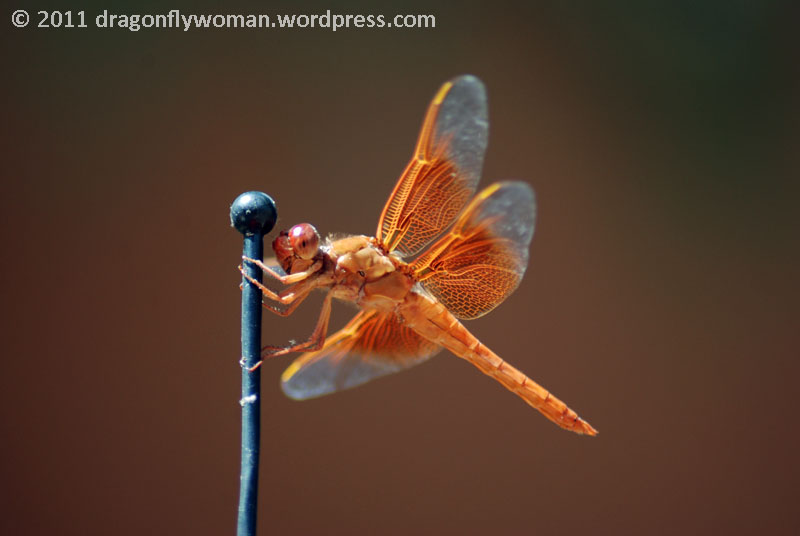
Dragonflies are captivating insects renowned for their exceptional aerial prowess, particularly their ability to hover mid-air with remarkable precision. Their iridescent wings and swift movements make them a delight to observe. However, you might have noticed these fascinating creatures sometimes hovering over cars. This behavior isn’t random; dragonflies are drawn to vehicles for specific reasons. In this article, we’ll delve into the intriguing world of dragonflies and explore why they choose cars as their hunting grounds.
This article will examine the unique hovering behavior of dragonflies, the factors that attract prey to cars, and how dragonflies utilize vehicles as advantageous platforms for hunting. We’ll also discuss the benefits this interaction offers both to the dragonflies and the environment.
Dragonfly Hovering Behavior
Dragonflies possess an extraordinary ability to hover thanks to their intricate wing structure and exceptional control. Their wings beat independently at incredibly high speeds, allowing them to adjust their position in mid-air with remarkable accuracy. This hovering capability is crucial for their hunting strategy, enabling them to remain stationary while waiting for unsuspecting prey to come within striking distance.
The dragonfly’s flight mechanism involves a complex interplay of muscles and wing movements. They can rotate their wings independently, creating lift and thrust in different directions. This intricate control allows them to hover, fly backwards, sideways, and even upside down with ease.
Their ability to hover is not only impressive but also essential for their survival. It allows them to ambush prey effectively, as they can remain concealed while patiently waiting for the perfect moment to strike.
Prey Attraction to Cars

Cars, despite being inanimate objects, can inadvertently attract a variety of insects, including those that serve as prey for dragonflies. The heat generated by engines and the light emitted from headlights create an attractive environment for these small creatures.
Mosquitoes, gnats, and other flying insects are particularly drawn to cars because they seek out warmth and light sources. The exhaust fumes released by vehicles can also attract certain types of insects, further increasing the concentration of prey around cars. This creates a buffet-like situation for dragonflies, who capitalize on this abundance of readily available food.
Dragonflies as Predators
Dragonflies are voracious predators, playing a vital role in controlling insect populations. They have an insatiable appetite and consume vast quantities of flying insects throughout their lifespan. Their diet primarily consists of mosquitoes, flies, moths, and other small arthropods.
Their hunting strategy is both efficient and fascinating. They rely on their exceptional vision to spot prey from afar, then use their powerful flight capabilities to swiftly approach and capture their target. Dragonflies have specialized mouthparts called labium that they extend rapidly to snatch insects mid-air.
Benefits of Car as a Hunting Platform

For dragonflies, cars offer several advantages as hunting platforms. The stationary nature of vehicles provides a stable base from which they can launch themselves to capture prey. The heat and light emitted by cars attract a higher concentration of insects, increasing the chances of successful hunts.
Furthermore, the car’s surface acts as a camouflage for dragonflies, allowing them to blend in with their surroundings and remain undetected by their prey. This ambush strategy proves highly effective, as unsuspecting insects are drawn closer to the vehicle, unaware of the danger lurking nearby.
Conclusion
The next time you see a dragonfly hovering over your car, remember that it’s not just a random occurrence. These fascinating creatures are drawn to vehicles for specific reasons, primarily the abundance of prey attracted by heat and light. Dragonflies play a crucial role in controlling insect populations, and their use of cars as hunting platforms highlights their remarkable adaptability and intelligence. This interaction benefits both dragonflies and humans, as it helps keep mosquito and other pest populations in check.
